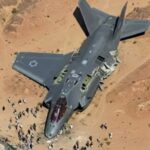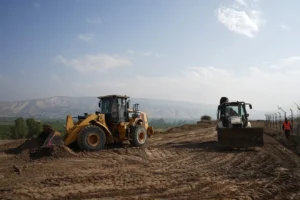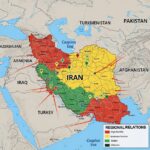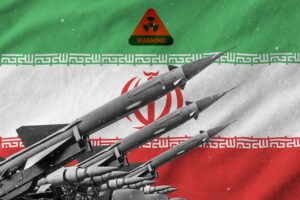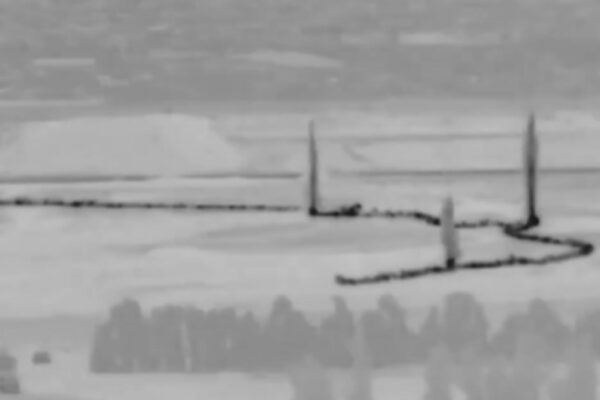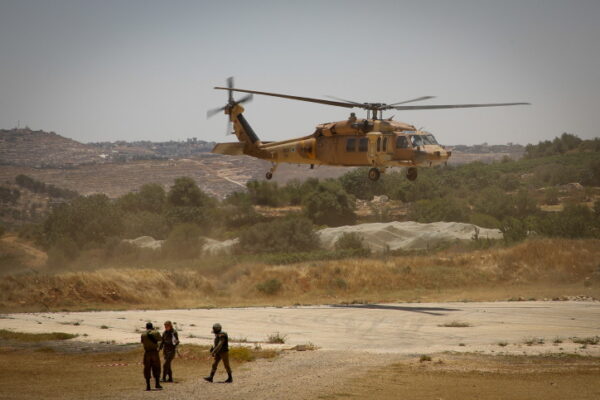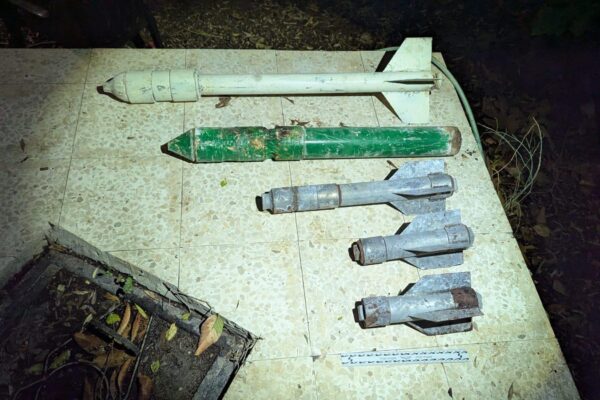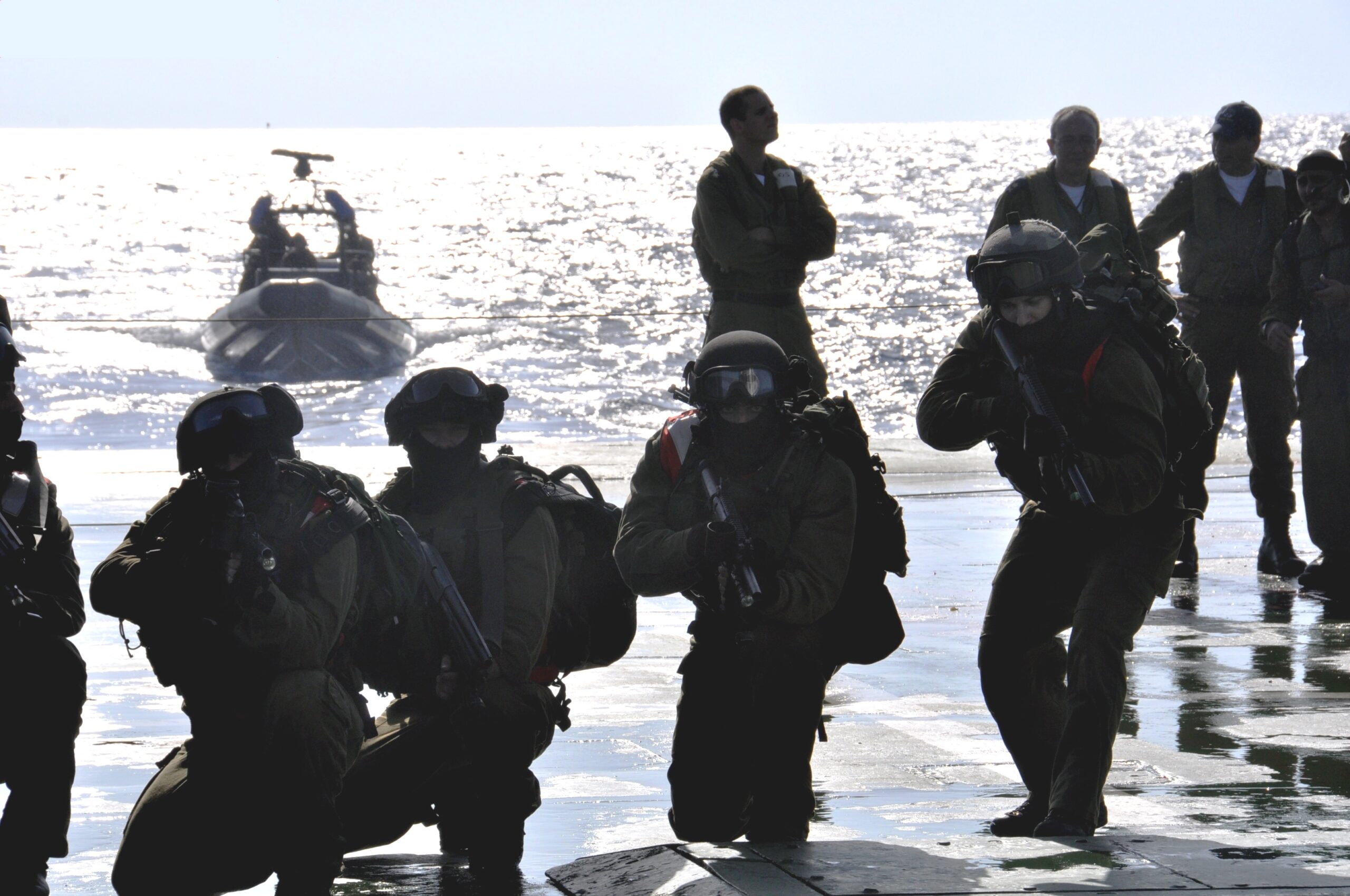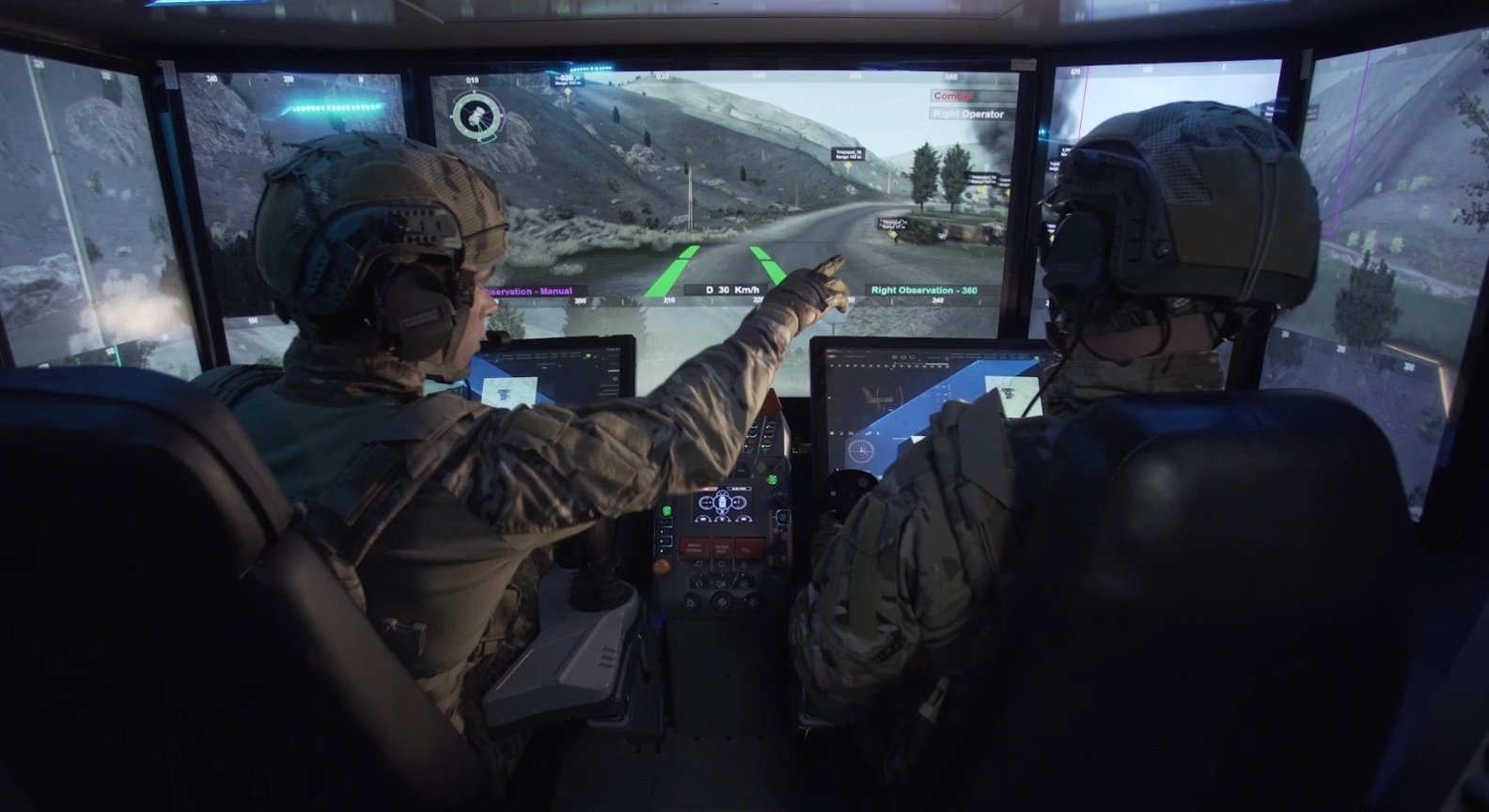Experts estimate Iran has a remaining inventory of only 300 to 1,300 missiles
By Hezy Laing
In the first days of the war, Iran launched 100 to 150 missiles at Israel per day, mostly at Jewish civilian centers.
But on the fourth day of the war these numbers began to dramatically drop off, from 50 to 30 and yesterday less than 20.
Over the past 14 months Iran has launched approximately 700 medium-range ballistic missiles at Israel, depleting its arsenal and making it more selective in targeting and timing to preserve remaining stockpiles.
Iran is now launching smaller salvos of missiles at Israel primarily because its missile stockpile has been significantly depleted after months of conflict and recent intense Israeli airstrikes targeting its launchers and missile infrastructure.
Experts estimate Iran has a remaining inventory of only 300 to 1,300 missiles, and possibly fewer, as Israeli operations continue to destroy launchers and storage sites.
This reduction in available missiles forces Iran to be more selective and conservative in its use, opting for smaller, more targeted barrages rather than the large-scale salvos seen earlier in the conflict.
Military commentator for Israel’s Channel 14, Hillel Biton Rosen, says now that Iran its back against the wall, it has gone from acting like a nation at war to a terror group.
Some experts believe Iran will now try for a long war of attrition – by continuing to shoot small amounts of missiles at Israel for a long period of time. This would be just enough to disrupt daily life without causing huge damage.
Others believe that Iran will now pivot to using cruise missiles to maintain pressure on Israel and compensate for its dwindling supply of ballistic missile.
Iran has already used cruise missiles against Israel in the current conflict, and it is highly likely that Iran will continue or even increase their use as the war progresses.
Cruise missiles are attractive to Iran because, unlike ballistic missiles, they fly at low altitudes, can maneuver to avoid air defenses, and are harder to detect and intercept.
While cruise missiles are slower than ballistic missiles and take longer to reach their targets, their ability to evade Israeli missile defense systems makes them a valuable part of Iran’s arsenal.







